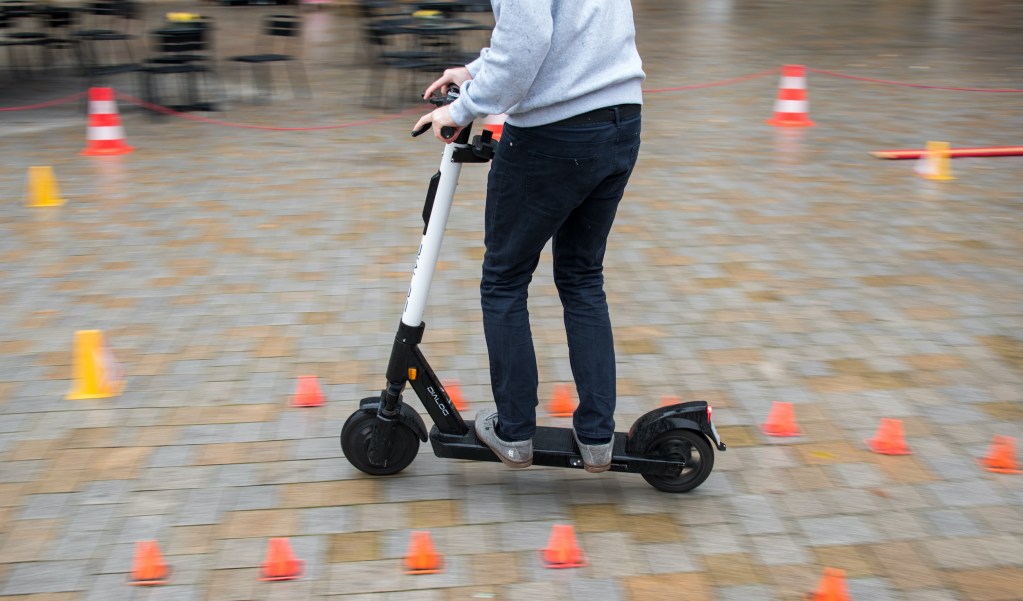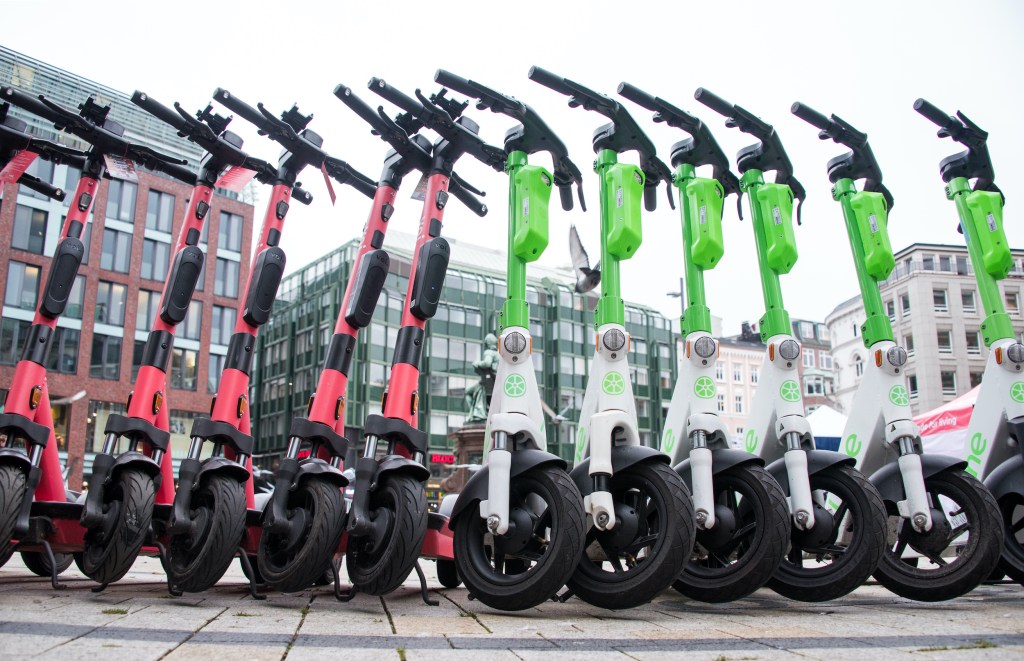
What Is Micromobility and How Can It Work For You?
Since the pandemic hit, many Americans are now cozied up in their home offices and happily working from home. If you’re like me, then you have the luxury of never having to use your car, save for the random grocery runs and errands every few days or so. In those cases, micromobility can actually suit my life much better than a car. But what is micromobility and how can it work for you?
What is “micromobility?”

According to the Merriam-Webster dictionary, the term “micromobility” is defined as “transportation over short distances provided by lightweight, usually single-person vehicles.” As you can likely guess, the term mainly refers to the use of electric bicycles, skateboards, Segways, and even electric scooters.
The point of this type of transportation is to cut down fuel costs and carbon emissions while having a safe and easy way to get around town. Basically, if you don’t really need to take your car a couple of miles down the road to the grocery store, take your electric scooter instead.
Types of micromobility vehicles

In case you’re feeling like micromobility is a good solution for your daily commute or lack thereof, it’s important to know your options. Here are the most common types of micromobility vehicles currently on the market:
- Electric scooters (e-scooters): The electric scooter is perhaps the most well-known micromobility vehicle in the group and the most popular in the past few years. In fact, by the end of 2018, there were reportedly over 85,000 shared electric scooters roaming the streets of North America. E-scooters typically have two wheels, a deck to stand on, and handlebars to hold onto. There’s also a battery pack and motor that can usually propel an e-scooter up to around 15 to 25 mph, depending on the size of the motor.
- Electric skateboards: Have you ever seen a skateboarder effortlessly go up hill? If so, he (or she) was most likely on an electric skateboard. Just like their e-scooter counterpart, electric skateboards use an electric motor for propulsion, which can be remote controlled by the rider.
- Electric Bikes (E-bikes): As you can guess by now, an electric bike is a bicycle with a battery and an electric motor. Most e-bikes can travel up to around 25 mph and comes in a variety of shapes and sizes to address a variety of needs. For example, you can get an e-bike that’s mainly suited for on-road travel or one that’s made to take on the mountains.
- Electric Unicycles: We know what you’re thinking; “who rides a unicycle?” Well, technically a lot of people do, that is if you count a One Wheel as a unicycle. These crafty one-wheeled vehicles aren’t like the circus equipment from the past. Instead, they consist of one large wheel and a platform for the rider to stand on and remotely control it. Best of all, a One Wheel can go over a variety of terrains, even dirt.
Here are some of the benefits

Riding an electric scooter, or unicycle, around the dense streets of a city might sound like a fun way to get around (and even re-live your childhood), but there are other benefits as well:
- Low cost: It costs far less to ride an electric scooter than operate your car every day. One study showed that traveling 5 miles a day (average commute) over the course of year can cost around $185.10. By switching to electric scooter, that costs goes down to $2.93 per day. That’s a lot of money saved!
- More sustainable: Whether you use an electric or non-electric micromobilty vehicle, the good news is that you aren’t using any fossil fuels or emitting any greenhouse gasses.
- More efficient: Whether you buy your own electric scooter (or any other vehicle), or rent one, you will spend less than you would on a car payment or rental. Plus, micromobility vehicles are much more efficient in terms of cargo space as you can carry them on public transportation and use them when you get to your destination.
Can micromobility work for you?

If you currently work from home and only need to use transportation for short distances or if you have a short commute to work, then micromobility vehicles can work for you. Most e-scooter, e-bikes, and e-unicycles operate in a short range, so we would recommend them if you have a long commute. However, if you find that using a car or public transportation isn’t necessary in your daily life, then a micromobility vehicle could be your best bet.



